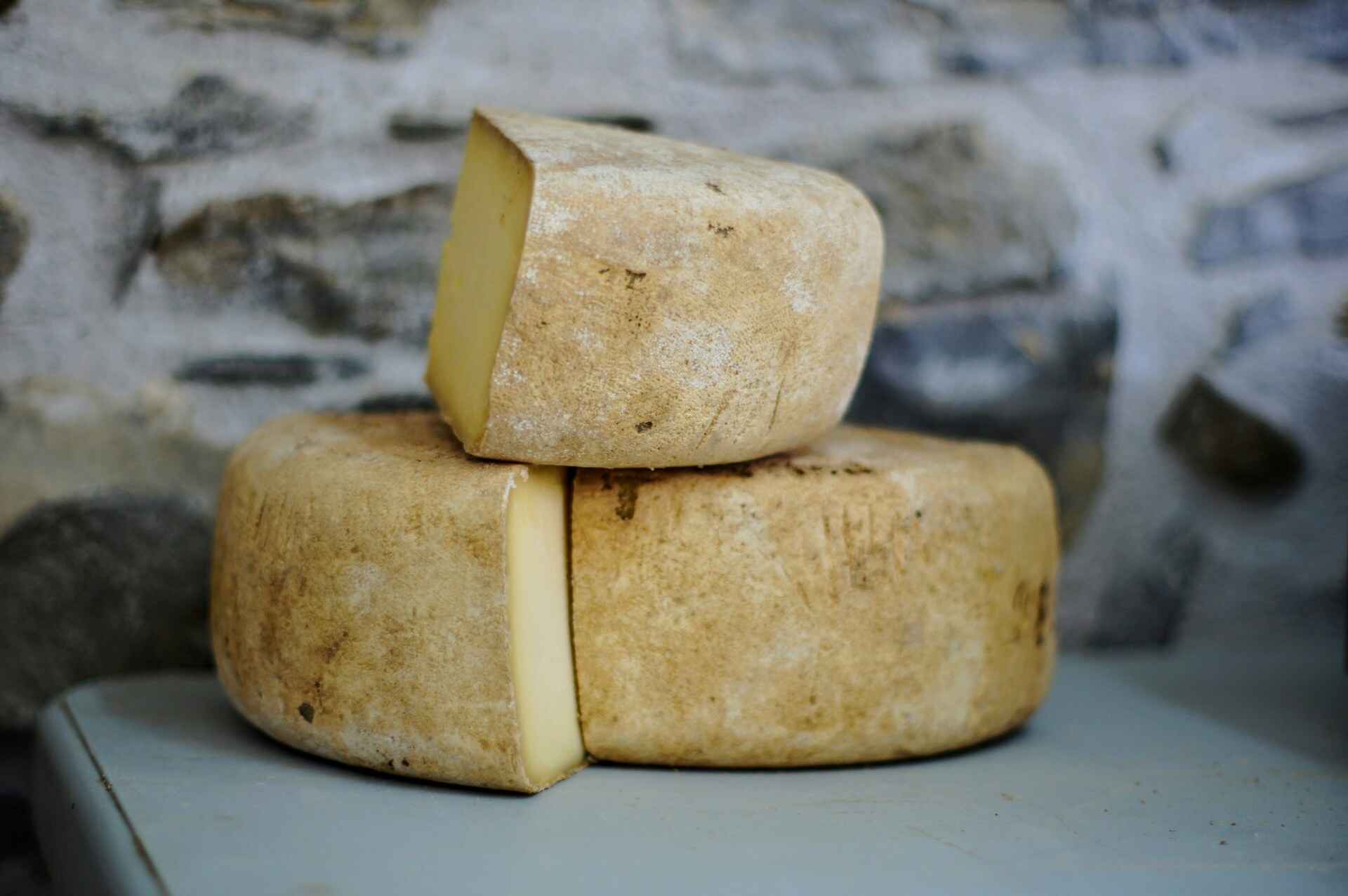Those exquisite French pastries known as beignets are maybe best served fresh, hot and best of all, powdered gently with sugar.
However, if you are like most people and have beignets that were baked a few hours or the previous days ago, you may be in search of ways on how to reheat beignets in the best way.
In this guide, you’ll find out different approaches to the best ways of reheating beignets so that they remain soft and tasty.
Read it: A Comprehensive Guide to Replacing Pepper Jack Cheese
Understanding Beignets
Before going any further, let me give you a clear definition of what beignets are Still, for the record, let me tell you what beignets are. Contrary to what most people think, beignets are not from America, but are in fact from France it is a pastry which can be made from different types of doughs and it is fried.
The pastry is usually formed in a square-like shape and it is common to be accompanied by a dusting of powdered sugar toppings. Beignets can be eaten plain, or as is, and some even come with delightful fillings such as chocolate, fruit and cream.
Why Reheat Beignets?
It is preferred to reheat beignets, so that they can regain their fluffy texture and the delicate flavor. They are best served hot, but can be reheated which restores the soft insides as well as the exterior crust. Here are some common reasons you might want to reheat beignets:
Here are some common reasons you might want to reheat beignets:
• Leftovers: Serving beignets means that you do not consume all the brown sugar at once yet they are fresh making them ideal if you have made or bought too many beignets.
• Meal Prep: It is always quick and easy to reheat beignets which makes it a viable snack or you can even have it for dessert.
• Special Occasions: Beignets can also be served during any occasion and to retain their freshness reheating is done.

Best Methods to Reheat Beignets
There are several effective methods to reheat beignets, each with its own advantages. Here’s a detailed look at the most popular methods:
1. Oven Method
The oven is one of the most effective ways to reheat the beignets so that they will retain their texture.
Steps:
• First, bring your oven up to heat to 350°F (175°C).Put the beignets on a baking tray lined with baking paper.
• Bake for 5-7 minutes, or until they become warm and rather crunchy.
• On the top you can also put some powdered sugar, although it is usually utilized as a decoration at the moment when the cake is going to be served.
2. Air Fryer Method
Another wonderful appliance which can be used to warm beignets is an air fryer which will give the exterior a crispy texture all over again without the utilization of any oil at all.
Steps:
• Set the air fryer on 350 F before starting the cooking process in this particular recipe.
• Put the beignets in one row on the basket of the air fryer.
• Bake for 3-5 minutes while ensuring that they do not get too brown.
• Enjoy them immediately, as the consistency will be affected if they are stored for some time.
3. Microwave Method
The fastest method is when it is heated in a microwave, however, it will give it a softer consistency. However, it is convenient for the people who do not have time to wait for the red signal to come on and switch off all the electrical appliances in their house.

Steps:
• Put a beignet on a microwave safe plate.
• Don’t let it utterly dry – after that, cover it with a moist paper towel, if possible, for it to remain wet before use.
• Heat on high for 10 to 15 second. It should be checked and, if necessary, repeated, but overheating is undesirable.
• It is recommended when serving dust, the pastry with a layer of powdered sugar.
4. Skillet Method
To get some level of crispiness back while putting the beignets in the skillet to keep it warm is one way.
Steps:
• Put oil in a skillet and set it on medium heat.
• Put a tsp. of butter or oil into the skillet.
• Put the beignets in the skillet and immediately cover with a lid.
• Heat for 2-3 minutes on each side, until they are nice and warm throughout and slightly crispy at the bottom.
Tips for Perfectly Reheated Beignets
• Avoid Overheating: Overheating the beignets makes them become tough especially when microwaved. Always check frequently.
• Use a Thermometer: If you wish to be more accurate, then the beignets should be conformed to a food thermometer so that the inside temperature is 165°F (74°C).
• Add Fresh Powdered Sugar: Another way is generally to reheat and for the final touch add a fresh powder of sugar on them.
Key Takeaways
• Between the oven and the air fryer techniques, the later has the advantage of texture in beignets.
• The use of microwave is the fastest, but will have an effect of the softer texture of the dish.
• Beignets should always be covered when you are reheating them in the microwave so that they do not dry up.
• It is advisable to add new powdered sugar after heating the cake to enrich the taste and completion of the cake.
FAQ Section
1. Can I freeze beignets?
In fact, the beignets that you have made can be frozen successfully. Encase them well in plastic cover and put them in a jar that has a tight lid well closed. These cookies can be frozen for up to a period of 3 months.
2. For how many days can I store these leftover beignets?
Rocky’s beignets can be left at room temperature loosely covered on the counter for up to two days or refrigerated in an airtight container for up to five days.
3. What, if anything, do you think can be done with filled beignets to heat them back up?
Yes, all the previous methods to heat beignets can also be used once they are filled. Just be careful with the filling as it will get hot with time.
4. How should beignets be protected in order to remain tasty and fresh?
Beignets should be stored in an airtight package, and they should be left at room temperature. Do not store them in refrigerator since this reduces their shelf life than when they are left at room temperature.
5. How many times can beignets be reheated?
Beignets actually tastes better when served fresh but it is advisable to only reheat it once before consuming. This is because, reheating the food several times may cause it to lose its texture as well as the taste.
6. How long should one take to reheat beignets and at what temperature?
Not only are beignets that have been re-crisped not as enjoyable to eat, but they may also still be pathogenically warm, not over 165°F (74°C).
Conclusion
Reheating beignets doesn’t have to be a daunting task. With the right methods, you can enjoy these delightful pastries even after they’ve cooled down. Whether you choose the oven, air fryer, microwave, or skillet method, each approach has its benefits. Remember to add a sprinkle of powdered sugar for that authentic beignet experience. Enjoy your delicious treats! For more tips on baking and pastry techniques, check out Baker’s Journal.

























